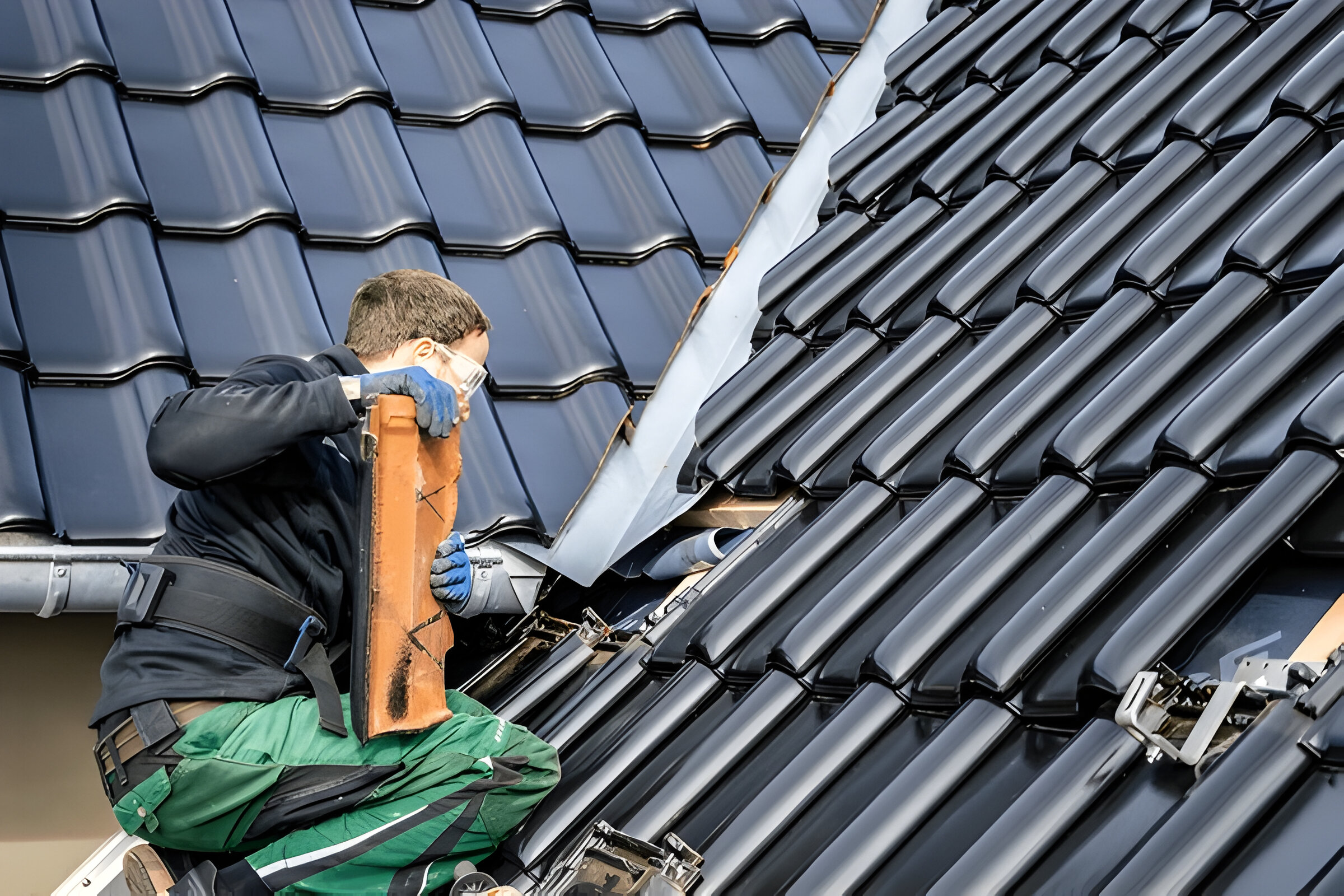When it comes to enhancing the beauty and protection of a home, roof tiles roofing plays a crucial role. Homeowners are constantly on the lookout for roofing options that not only safeguard their property but also add a touch of elegance. The diverse world of roofing tiles offers a wide array of choices, each with its own unique characteristics and esthetic appeal.
From traditional clay and concrete tiles to modern metal and solar options, the types of roof tiles available today cater to various architectural styles and personal preferences. This article explores the top 10 roofing tiles types, delving into their features, benefits, and costs. Whether you’re considering slate and tile roofing for a classic look or exploring innovative solutions like eagle roofing, this guide aims to help you make an informed decision for your home’s crowning glory.
Clay and Concrete Roof Tiles
Clay and concrete roof tiles offer homeowners a blend of traditional elegance and modern durability. These roofing options have gained popularity for their esthetic appeal and long-lasting performance.
Traditional Elegance
Clay roof tiles bring a timeless charm to homes, inspired by Spanish and Mediterranean designs. They complement various sidings, enhancing the look of brick or stone exteriors. Concrete tiles, on the other hand, can closely resemble terracotta tiles and offer a wide range of styles and designs. Both materials can be molded into beautiful and timeless silhouettes, making them suitable for traditional and contemporary architectural styles.
Durability and Longevity
Clay and concrete tiles stand out for their exceptional durability. Clay tiles can last for a century, with a minimum lifespan of 50 years. They resist rot, fire, and insects, maintaining their structural integrity and attractiveness for years. Concrete tiles, while not as long-lasting as clay, still offer a lifespan of 30 to 50 years. Both materials withstand extreme weather conditions, including heavy rain, hurricane-force winds, and severe temperatures.
Color and Style Options
Clay tiles come in various colors, including white, yellow, orange, and brown, with terracotta being the most common. The high-temperature baking process bonds the color, preventing peeling or fading. Concrete tiles offer even more versatility, as they can be cast into various shapes and painted or colored to achieve the desired esthetic. From vibrant reds to charcoal hues, both clay and concrete tiles provide a wide palette to enhance a home’s curb appeal.
Slate and Composite Slate Tiles
Natural Beauty of Slate
Slate roofing tiles offer a unique and esthetic advantage with their subtle variations in color, shade, veining, and grain. Each tile has its own character, providing a timeless charm to homes. Natural slate comes in a variety of colors, including Virginia Black and Vermont Purple, allowing homeowners to choose a hue that complements their structure’s exterior appearance.
Lightweight Composite Alternatives
For those who desire the look of slate without the weight, composite slate tiles present an excellent alternative. These synthetic options mimic the appearance of natural slate so closely that even professionals may need a second glance to spot the difference. Composite slate is significantly lighter, weighing the same as or less than asphalt tiles, which eliminates the need for additional structural support.
Weather Resistance
Both natural and composite slate tiles boast impressive weather resistance. Natural slate has a superior track record for being fire-resistant, waterproof, and able to withstand outdoor temperature variations. Composite slate tiles are engineered to withstand harsh weather conditions, including hurricane-force winds. Some synthetic slates are treated with advanced ultraviolet inhibitors, enhancing their durability against sun exposure.
Metal and Solar Roof Tiles
Modern Esthetics
Metal roof tiles have undergone significant innovations in design, resulting in near-perfect replicas of traditional materials like shake and terracotta shingles. These advancements make metal roofing a viable and attractive option for various architectural styles, including Victorian, Georgian, and Craft-style homes. The steel is produced to mimic the grains and textures of natural materials, offering the added benefits of sustainability and economic advantages.
Energy Efficiency
Metal roofing has a positive impact on energy efficiency. Its reflective properties reduce heat absorption, leading to lower cooling costs during hot summer months and helping maintain a well-regulated indoor temperature. Some metal roofing products are specifically designed to improve energy efficiency by reflecting sunlight, thereby reducing building cooling costs. Additionally, cool roof technology offers higher solar reflectance and thermal emittance than traditional roofing, resulting in more efficient cooling and reduced energy use.
Innovative Technology
Solar shingles represent a groundbreaking innovation in renewable energy solutions for homes. These shingles use photovoltaic technology to absorb sunlight and convert it to electricity while protecting the structure from the elements. Solar shingles are designed to integrate seamlessly with existing roof designs, offering a more esthetically pleasing alternative to traditional solar panels. Companies like Green Home Systems, Luma Solar, SunTegra, and GAF Energy offer various solar shingle options, each with unique features such as hurricane resistance, upgradable technology, and compatibility with different roof types.
Conclusion
The world of roof tiles offers a wide range of options to enhance a home’s appearance and protection. From the timeless elegance of clay and concrete tiles to the modern appeal of metal and solar options, homeowners have many choices to suit their style and needs. These roofing materials not only have an impact on the esthetic appeal of a house but also play a crucial role in its durability, energy efficiency, and overall value.
As we look to the future, the roofing industry continues to evolve with new technologies and sustainable solutions. The introduction of solar shingles, for instance, is causing a revolution in how we think about roofing materials and energy production. Whether you’re drawn to the classic beauty of slate or the innovative features of composite materials, there’s a roofing option to meet your specific requirements. In the end, choosing the right roof tiles is key to creating a stunning and long-lasting home.











